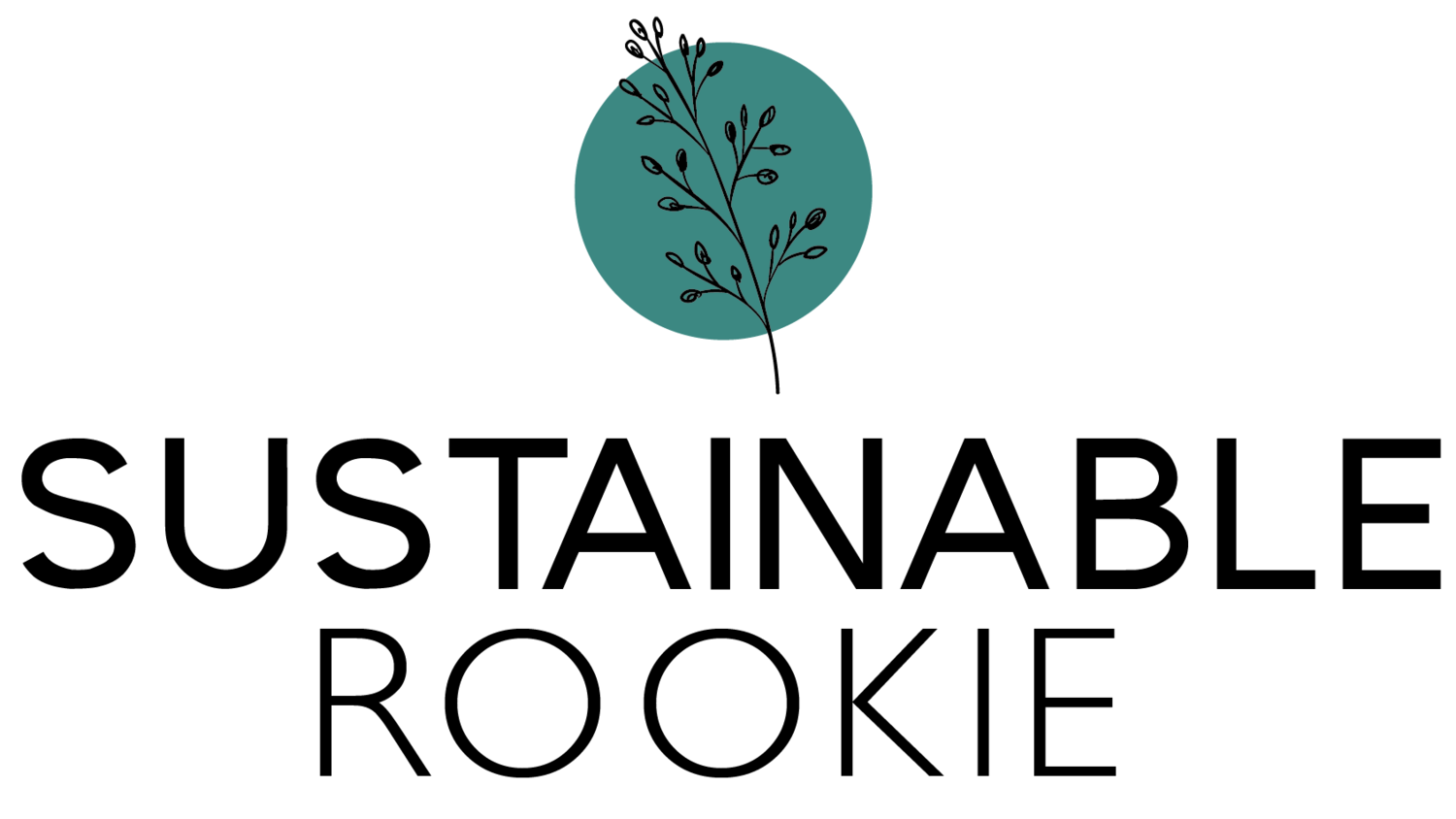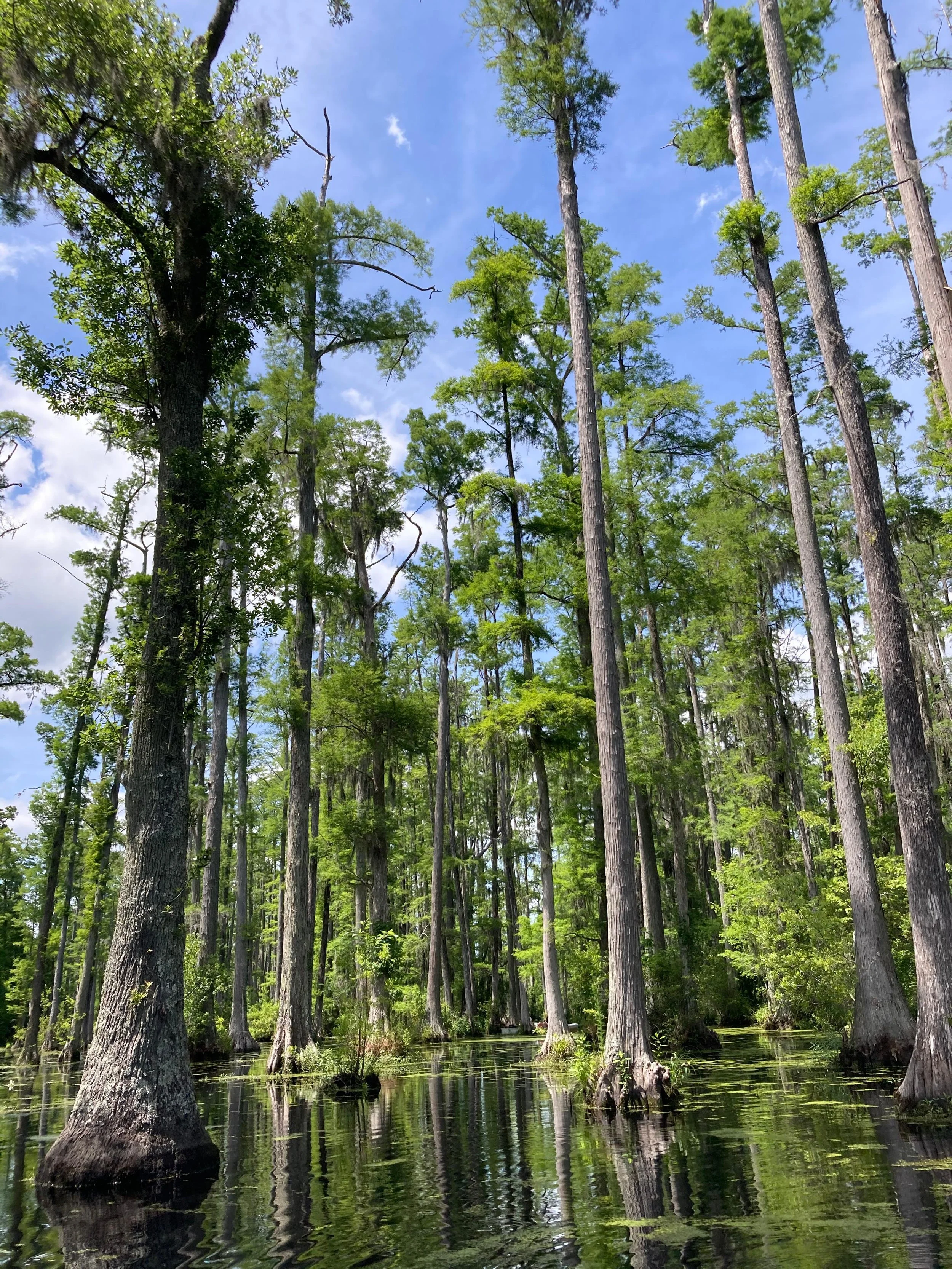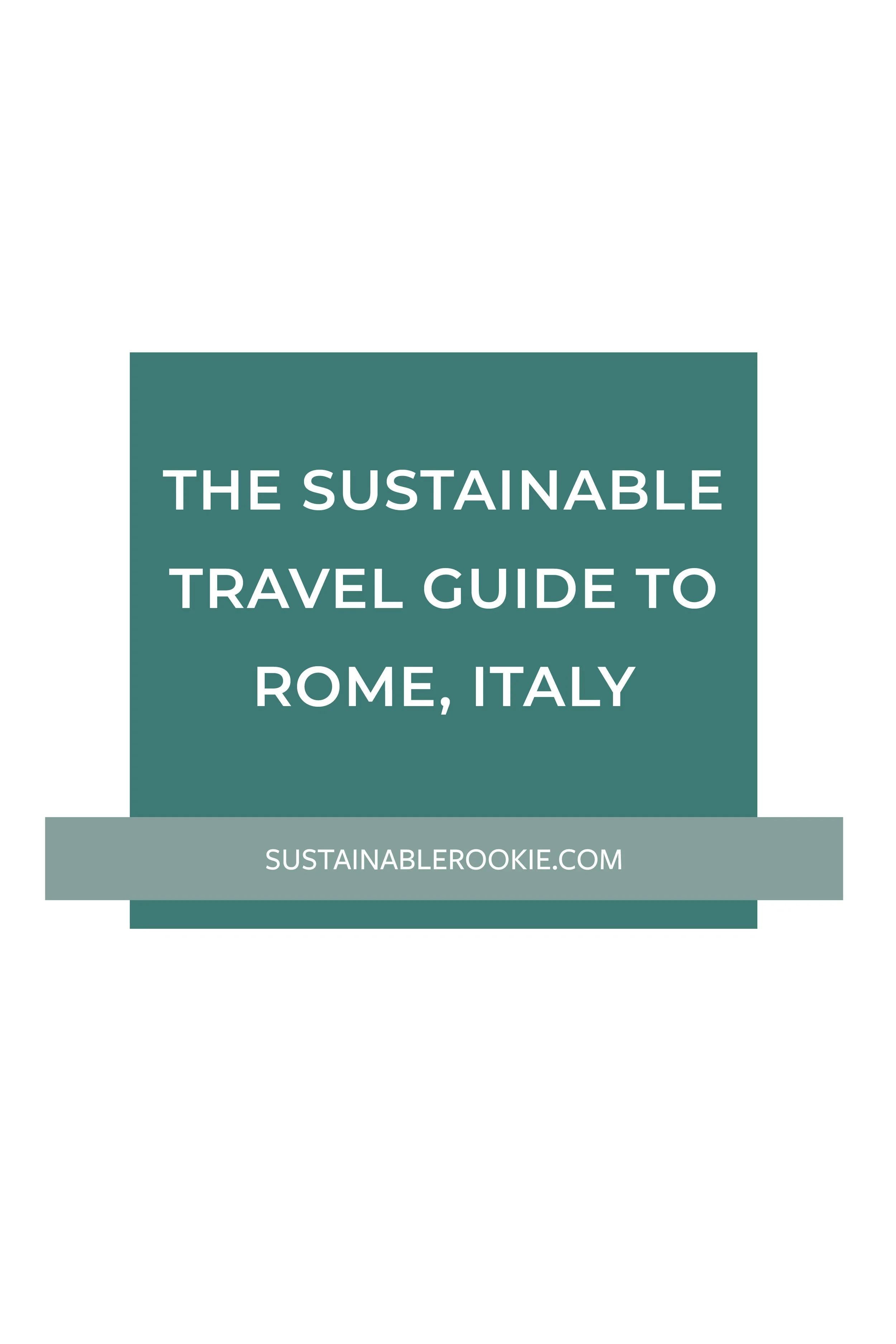How to Explore Cypress Gardens Sustainably: Canoeing, Wildlife & Eco Tips
AN AFTERNOON IN CYPRESS GARDENS
Cypress Gardens in South Carolina has been the set for movies (The Notebook fans will recognize those romantic boat scenes). But beyond the pop culture backdrop, paddling through its quiet channels is a reminder of how fragile these places are.
Just 30 minutes from downtown Charleston, Cypress Gardens is a natural escape that feels worlds away from the city’s cobblestone streets. This historic 170-acre preserve is best known for its blackwater swamp, where towering bald cypress and tupelo trees rise dramatically from the water. Whether you’re paddling a canoe through its quiet channels or strolling along shaded trails, Cypress Gardens offers a peaceful, eco-rich retreat that highlights the Lowcountry’s wild beauty.
As I drifted along, I thought about how easy it is to damage a wetland without realizing it: leaving behind a plastic bottle, getting too close to wildlife, or supporting development projects that drain and destroy swamps. It made me realize—the way we treat wetlands says a lot about how we value the planet as a whole. However, besides the importance of taking care of natural places, it also made me think about why wetlands are important for the environment. I prepared this blog post to dig deeper into this, and to understand why swamps and wetlands are more than just romantic and natural places, they are crucial participants of our ecosystem.
Why Wetlands Matter (and How We Can Take Care of Them)
When I first pushed off into the still waters of Cypress Gardens in Charleston, I wasn’t just stepping into a postcard scene— I was entering a living, breathing ecosystem that quietly holds the world together. Canoeing through cypress trees draped in moss, I realized how easy it is to take these spaces for granted. They feel eternal, as if they’ll always be here. But the truth is: wetlands are some of the most vulnerable ecosystems on Earth.
The good news? They’re also some of the most powerful when it comes to protecting us, cleaning our water, storing carbon, and sheltering wildlife. And while it can feel overwhelming to think about “saving” entire ecosystems, there are small, meaningful ways we can all support them.
Let’s talk about why wetlands matter so much — and what you (yes, even as a rookie in the sustainability space!) can do to keep them thriving.
Wetlands: Their Role in our Ecosystem
We often think of mountains as majestic protectors, or oceans as vast forces of life, but wetlands are the quiet heroes— working in the background, often overlooked, yet absolutely essential.
Here are just a few reasons why:
Nature’s water filter: Wetlands act like Earth’s kidneys. They trap sediments, absorb pollutants, and naturally filter water before it reaches rivers, lakes, or coastlines.
Carbon storage: These “swampy” areas are actually massive carbon sinks. Their waterlogged soils hold carbon for centuries, keeping it out of the atmosphere. When wetlands are destroyed, that carbon is released back, accelerating climate change.
Flood protection: Imagine wetlands as giant sponges. During storms or heavy rains, they soak up excess water, slow its flow, and help prevent flooding in nearby communities.
Biodiversity hotspots: Frogs croaking, herons fishing, dragonflies darting, alligators gliding — wetlands are nurseries for countless species, from tiny insects to migratory birds. Many animals rely on wetlands for part of their life cycle.
In short: wetlands aren’t wastelands. They’re life-support systems.
HOW WETLANDS ARE AT RISK
Sadly, wetlands are disappearing at alarming rates. According to the UN, we’ve lost more than 35% of wetlands worldwide since 1970. That’s faster than forests are disappearing. In the U.S. alone, nearly half of the original wetlands have been drained for agriculture, development, or industry.
And when wetlands vanish, we don’t just lose pretty landscapes. We lose clean water, carbon storage, natural flood protection, and entire ecosystems of wildlife.
But here’s the hopeful part: wetlands can recover when we protect and restore them. And individuals— not just governments— play a role in that.
7 Simple Ways You Can Help Wetlands
Even if you don’t live near a swamp or cypress grove, your daily choices can make a difference. Here are some accessible, beginner-friendly actions:
Leave no trace when visiting: Always pack out what you bring in. Even a single plastic wrapper or water bottle can harm wildlife and pollute waterways.
Travel paddle-powered: If you explore wetlands, go by canoe, kayak, or paddleboard. Motorized boats can disrupt habitats, pollute the water, and erode fragile shorelines.
Stay on designated paths: Wetland plants can be easily damaged by trampling. Stick to marked trails or boardwalks, and give nesting areas space.
Cut back on chemicals at home: Fertilizers and pesticides don’t just stay in your yard—they wash into waterways, eventually reaching wetlands. Choose organic lawn care options or plant native species that don’t need as much upkeep.
Support wetland-friendly policies: Pay attention to local development proposals. Speak up if wetlands are threatened in your area. Your voice matters more than you think.
Donate or volunteer: Organizations like Ducks Unlimited, Wetlands International, or local nature reserves work to restore wetlands. A few hours of volunteering or a small donation can go a long way.
Spread the word: Share what you learn. Post your canoeing pictures and remind friends that wetlands aren’t just swamps — they’re essential ecosystems. Awareness sparks change.
Sometimes sustainability feels like it’s all about big, abstract issues: global warming, climate targets, plastic waste. But wetlands bring it back down to Earth—literally. They protect the water we drink, the food chains we rely on, and the homes we build. If we let them vanish, we’ll feel the consequences quickly—in higher flood risks, dirtier water, disappearing species, and stronger climate impacts. But if we protect them, we’re not just saving swamps—we’re strengthening our own resilience.
Standing in my canoe that afternoon in Cypress Gardens, I felt lucky. Lucky to see sunlight breaking through cypress branches. Lucky to hear the splash of my oars against the water. Lucky that wetlands still exist for us to experience. It reminded me of my beautiful and biodiverse Everglades back home. But luck isn’t enough. It takes awareness, care, and small, consistent actions from each of us. That’s exactly what sustainability is about: learning, adjusting, and doing what we can.
So here’s my reminder (to you and to myself): wetlands are one of Earth’s best-kept secrets. They’re powerful, fragile, and irreplaceable. And if we want them around for the next canoe ride—or the next generation—it starts with how we treat them today.
If you’d like to know more about sustainability and read my future posts, please don’t forget to subscribe to my newsletter!







